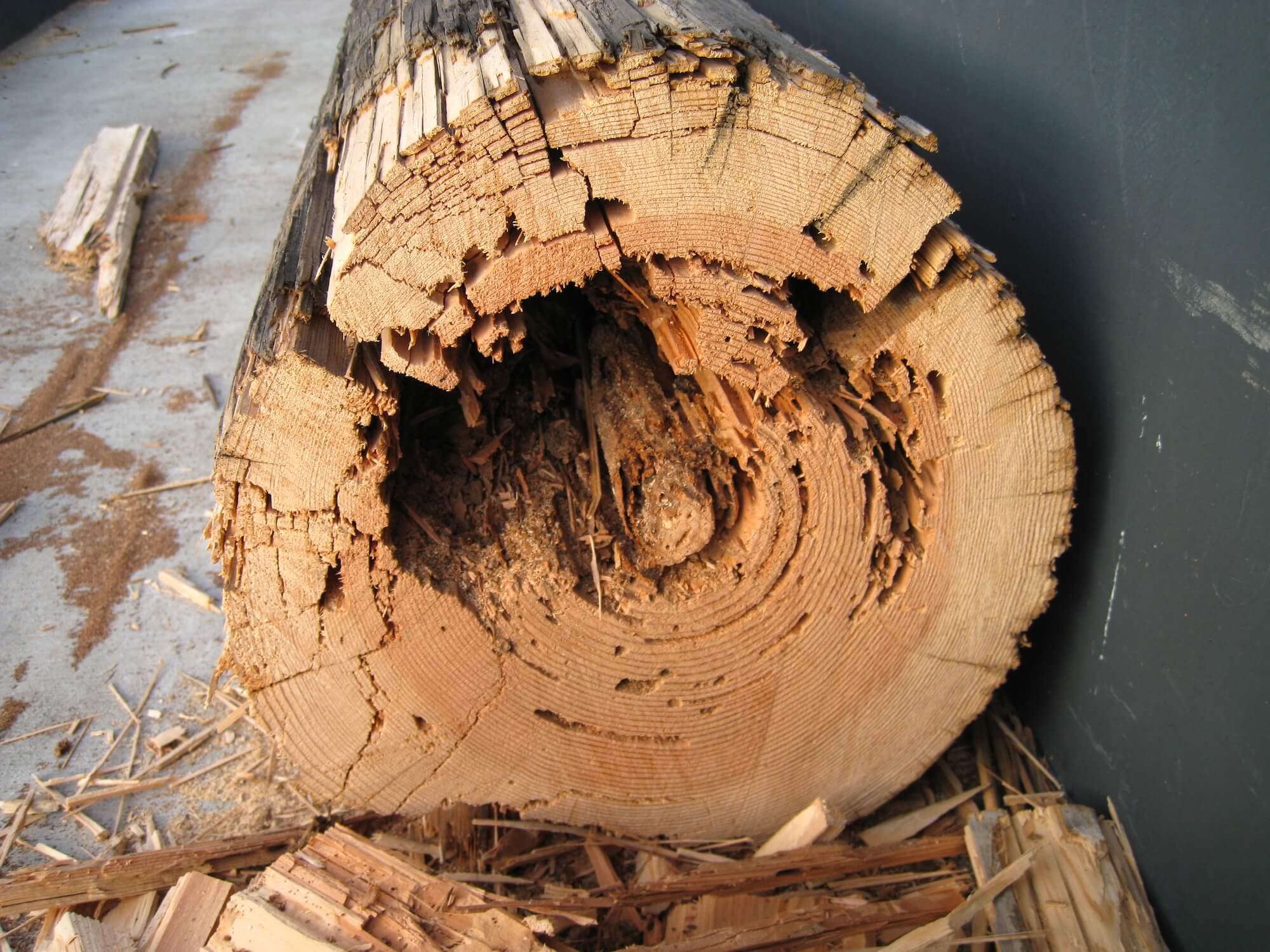Over the last few years this has led to a reduction in European wooden poles sales of around four hundred thousand poles a year. However, there can be a promising and sustainable future for wooden poles.

Turkey has recently shifted entirely from wood to steel for all power distribution poles and there has also been a move from wooden poles to composite and steel poles in Spain, France and Italy.
This trend is not isolated; other European utilities we are speaking with are actively exploring alternative pole material options, with more utilities now trialling alternative pole materials for selected installations where long life and network resilience are required whilst other utilities are opting for increased undergrounding of cables.
Utilities in Europe face several challenges regarding wooden utility poles, the primary issue being their perceived shorter lifespan when compared to alternative longer lasting engineered pole poles made from composites, concrete and steel.
Instances of premature wooden pole failures have raised safety and reliability concerns for utilities. And while initial pole purchase costs are frequently compared, a comprehensive evaluation reveals that the annualised cost of wooden poles often exceeds the cost of poles made from alternative materials, when shorter wooden pole service life and the consequent increase in pole replacement costs are taken into account.
Whilst new “longer life” wood preservatives have been promoted by the pole industry utility, feedback indicates that the lack of long-term test data and higher costs are hindering the adoption of this option as an alternative.
Utilities see that the environmental impact of wooden poles is very low when compared to alternative materials but for the majority of utilities, this feature carries a lower ranking in the decision-making process than the critical key requirements for safety and reliability.
Factor in increasing apprehension about disposal costs and potential legislative changes affecting the end-of-life disposal of treated wooden poles and it is easy to see why the manufacturers of long-life engineered poles are gaining traction in the European pole market.
To effectively confront these challenges and present a solution that is both competitive and sustainable, the wooden pole industry may explore the provision of an enhanced lifespan wooden pole option to utilities. This can be achieved through the incorporation of established, proven and tested total ground line barrier sleeves, offering the following key advantages:



In a pivotal moment for the European pole industry, the conventional reliance on wooden utility poles encounters mounting obstacles.
A transformative shift towards championing innovative solutions that not only meet the demands of utilities but also solidifies wood as the unparalleled material choice holds the power to not just revitalise the market for wooden power and telecom poles, but to forge a pathway towards a sustainable, resilient, and eco-friendly infrastructure.
This strategic forward-thinking approach not only addresses immediate challenges but also safeguards the future of the wooden utility pole industry in Europe.
Find out more about Polesaver sleeves or get in touch to discuss specific requirements in more detail or request test data.


